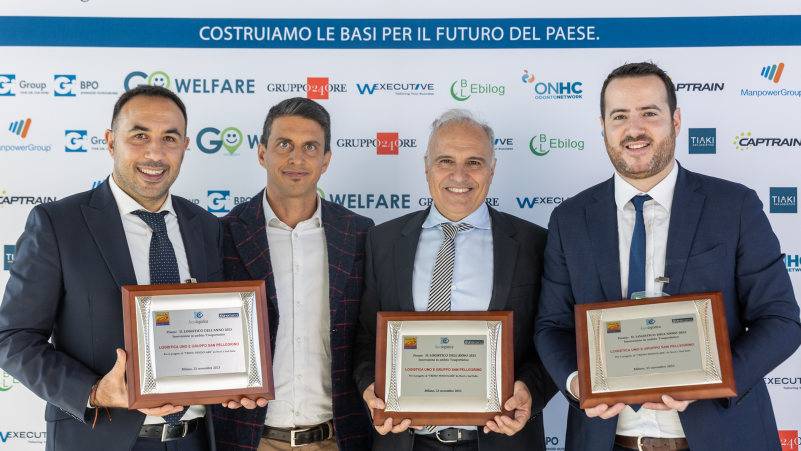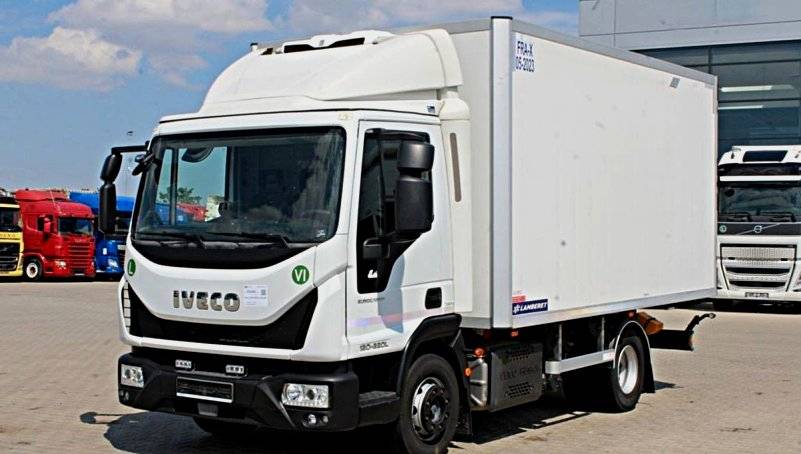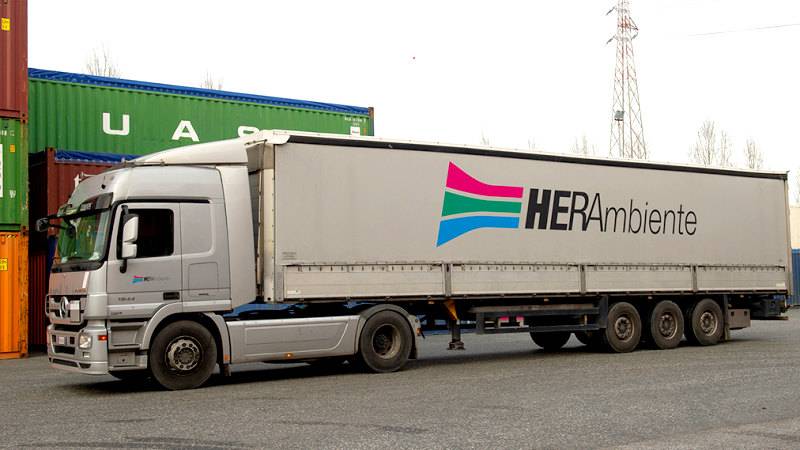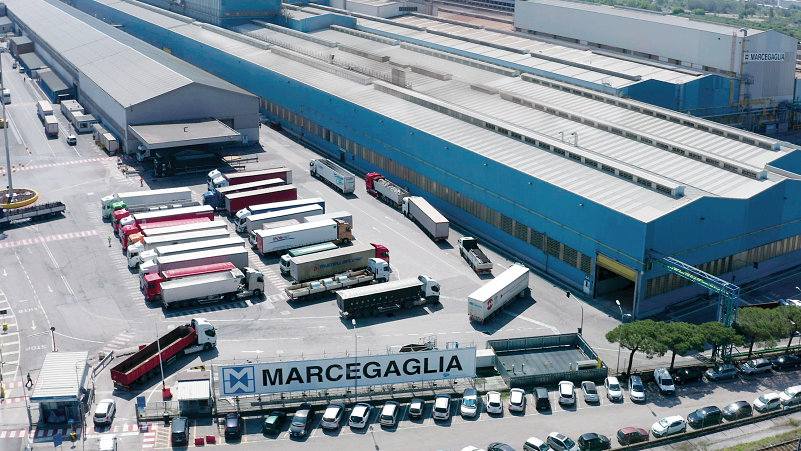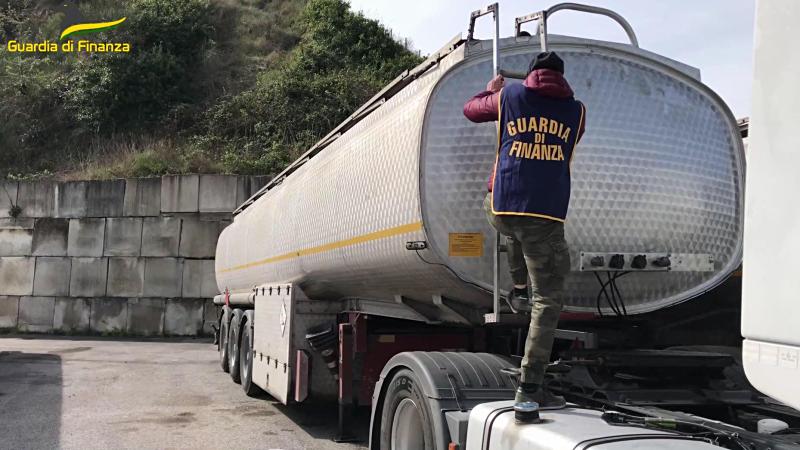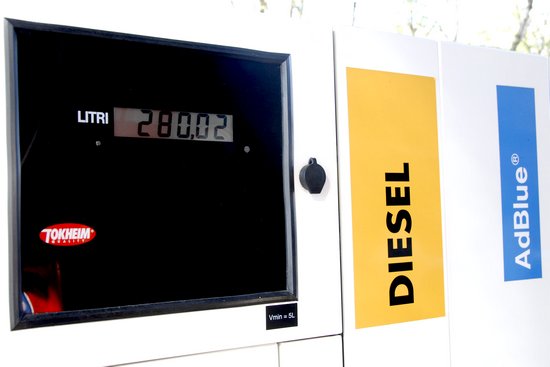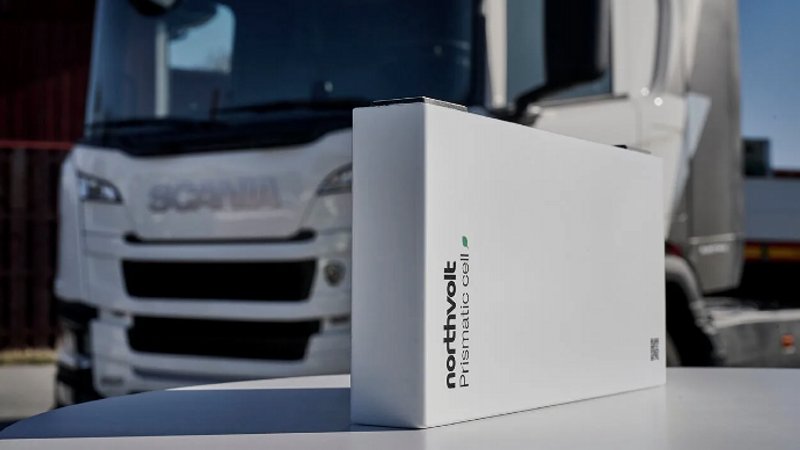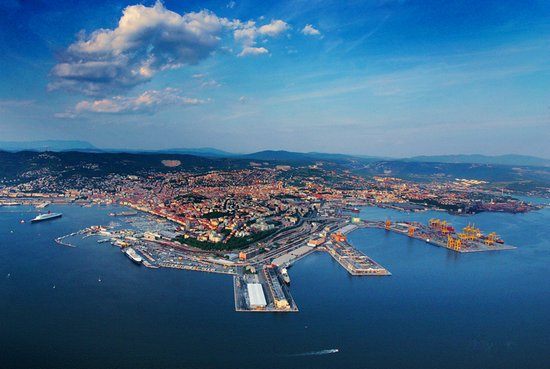The Frejus rail tunnel, a key artery for mobility between Italy and France, reopened on 31 March 2025 following a nineteen-month shutdown. The disruption was caused by a landslide that occurred on 27 August 2023 on the French side in the Savoie region, which inflicted serious damage on the railway line outside the main tunnel and on a secondary 300-metre gallery. The Frejus tunnel is one of the main rail links between the two countries and plays a crucial role in passenger and freight flows along the Turin–Lyon–Paris corridor. Its extended closure had significant repercussions not only on cross-border rail transport but also on the overall logistical balance across the western Alpine region, forcing both travellers and freight operators to turn to alternative solutions, often relying on road transport.
Restoring the infrastructure required technically complex interventions. Operations included the removal of thousands of cubic metres of unstable rock material, the consolidation of the landslide-affected slope and the complete reconstruction of the damaged sections. The total cost of the works is estimated at around 13 million euros.
With the reopening, SNCF has resumed rail services between Paris and Milan with three daily return journeys. Trenitalia will follow on 1 April, with two services along the same route. The expected travel times are competitive: around seven hours between Milan and Paris and just under six hours between Turin and Paris, with a scheduled journey time of five hours and thirty-nine minutes. Regional TER trains are also back in service, with nineteen daily connections to Modane, signalling a return to normality for both local and cross-border travel.
Freight traffic, however, will resume at a slower pace. Before the closure, around 34 freight trains passed through the Frejus tunnel each day. The forced suspension prompted many operators to sign alternative contracts with road hauliers. Full recovery of freight volumes is expected within the next six months.






























